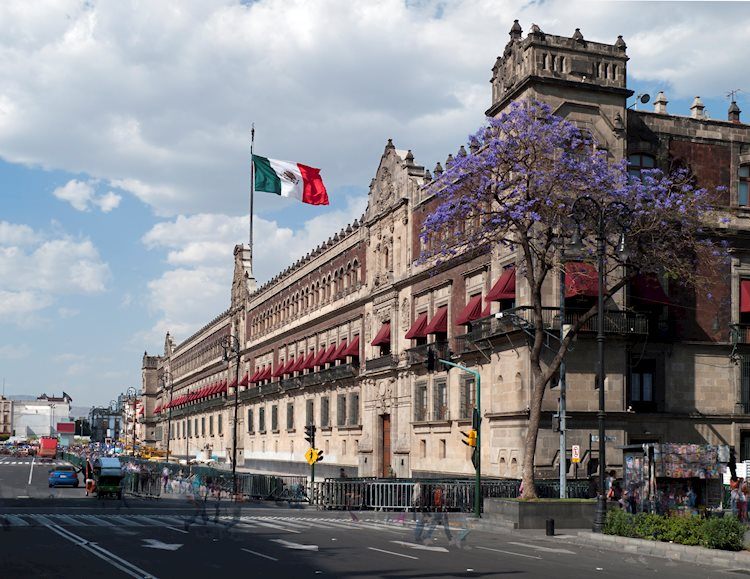Banxico’s Deputy Governor Omar Mejia Castelazo expressed the need to reduce borrowing costs in order to prevent market and economic distortions. In an interview with Larissa Garcia of Market News International (MNI), Mejia emphasized the importance of adjusting the level of restriction and gradually lowering rates as disinflationary processes reduce the costs of restrictive monetary policies for the economy. Despite Banxico’s mandate being fixed on price stability, Mejia showed concern for weak economic activity, which has been evident in the past three quarters with growth below projections. Mejia’s dissenting vote in June to lower interest rates also reflects his awareness of these challenges.
In the latest monetary policy decision, Banxico reduced the main reference rates by 25 basis points on a 3-2 split vote, with Governor Rodriguez and Deputy Governors Galia Borja and Omar Mejia in favor of the cut. This decision was contrary to Deputy Governors Irene Espinosa and Jonathan Heath. Most bank analysts predict that Banxico will continue to lower interest rates by at least 50 basis points for the remainder of 2024. Looking ahead to the upcoming September meeting, Mejia mentioned that the bank is considering various factors, noting the stickiness of services inflation due to the lagged effects of pandemic-related shocks. This indicates the complexities and challenges faced by Banxico in its decision-making process.
The Bank of Mexico, also known as Banxico, plays a crucial role as the country’s central bank in preserving the value of Mexico’s currency, the Mexican Peso (MXN), and setting monetary policy. With a primary objective of maintaining low and stable inflation within target levels around 3%, Banxico aims to achieve this through setting interest rates. When inflation exceeds target levels, the central bank raises rates to curb it, making borrowing more expensive and cooling the economy. Higher interest rates are generally favorable for the Mexican Peso (MXN) as they attract investors with higher yields, whereas lower rates can weaken the currency. The rate differential with the USD is a key factor in determining Banxico’s interest rate decisions.
Banxico conducts meetings eight times a year, with its monetary policy significantly influenced by decisions of the US Federal Reserve (Fed). The central bank’s decision-making committee typically convenes a week after the Fed meeting to react and sometimes anticipate monetary policy measures set by the Federal Reserve. For instance, during the Covid-19 pandemic, Banxico raised rates before the Fed in an effort to prevent a substantial depreciation of the Mexican Peso (MXN) and potential capital outflows that could destabilize the country. This coordination with the Federal Reserve highlights the interconnectedness of global monetary policies and their impacts on individual economies like Mexico.
In navigating the complexities of monetary policy decisions, Banxico faces challenges such as balancing inflation targets, economic growth, and market stability. Deputy Governor Mejia’s emphasis on gradually lowering rates reflects the cautious approach taken by the central bank to support economic recovery while maintaining price stability. As the central bank continues to assess various factors, including the persistence of services inflation and the disinflationary processes, its decisions will be crucial in shaping Mexico’s economic trajectory in the coming months. The alignment with global trends and coordination with the US Federal Reserve underscore the importance of Banxico’s role in achieving financial stability and promoting sustainable growth in the Mexican economy.



































